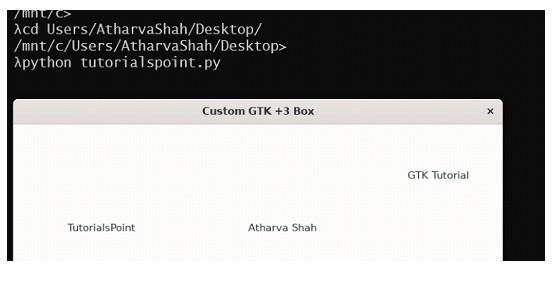根据一个数据框中的值在另一个数据框中创建指示符变量
根据一个数据框中的值在另一个数据框中创建指示符变量
提问于 2021-05-19 23:10:59
假设我有一个名为iris的数据集。我想在这个数据集中创建一个名为sepal_length_group的指示器变量。此指示器的值为p25、p50、p75和p100。例如,对于一个观察,如果物种是"setosa“,并且如果所有被归类为"setosa”的物种的Sepal.Length等于或小于第25个百分位数,我希望sepal_length_group等于"p25“。我写了以下代码,但它会生成所有NAs:
library(skimr)
sepal_length_distribution <- iris %>% group_by(Species) %>% skim(Sepal.Length) %>% select(3, 9:12)
iris_2 <- iris %>% mutate(sepal_length_group = ifelse(Sepal.Length <= sepal_length_distribution[which(sepal_length_distribution$Species == "setosa"),2], "p25", NA))
iris_2 <- iris %>% mutate(sepal_length_group = ifelse(Sepal.Length > sepal_length_distribution[which(sepal_length_distribution$Species == "setosa"),2] &
Sepal.Length <= sepal_length_distribution[which(sepal_length_distribution$Species == "setosa"),3], "p50", NA))
iris_2 <- iris %>% mutate(sepal_length_group = ifelse(Sepal.Length > sepal_length_distribution[which(sepal_length_distribution$Species == "setosa"),3] &
Sepal.Length <= sepal_length_distribution[which(sepal_length_distribution$Species == "setosa"),4], "p75", NA))
iris_2 <- iris %>% mutate(sepal_length_group = ifelse(Sepal.Length > sepal_length_distribution[which(sepal_length_distribution$Species == "setosa"),4] &
Sepal.Length < sepal_length_distribution[which(sepal_length_distribution$Species == "setosa"),5], "p100", NA))任何帮助我们都将不胜感激!
回答 1
Stack Overflow用户
回答已采纳
发布于 2021-05-19 23:46:35
这可以通过使用@Camille注释的函数cut来简单地完成
library(tidyverse)
iris %>%
group_by(Species) %>%
mutate(cat = cut(Sepal.Length,
quantile(Sepal.Length, c(0,.25,.5,.75, 1)),
paste0('p', c(25,50, 75, 100)), include.lowest = TRUE))页面原文内容由Stack Overflow提供。腾讯云小微IT领域专用引擎提供翻译支持
原文链接:
https://stackoverflow.com/questions/67612049
复制相关文章
相似问题
如何根据州级数据框中的值在单个级数据框中创建新变量?
根据Pandas中另一个数据框的顶值创建新的数据框
如何根据另一个数据框中的数据填充数据框值
根据一个数据框中的值汇总另一个数据框中的数据
根据R中另一个数据框中的列从数据框中删除变量
社区富文本编辑器全新改版!诚邀体验~
全新交互,全新视觉,新增快捷键、悬浮工具栏、高亮块等功能并同时优化现有功能,全面提升创作效率和体验








